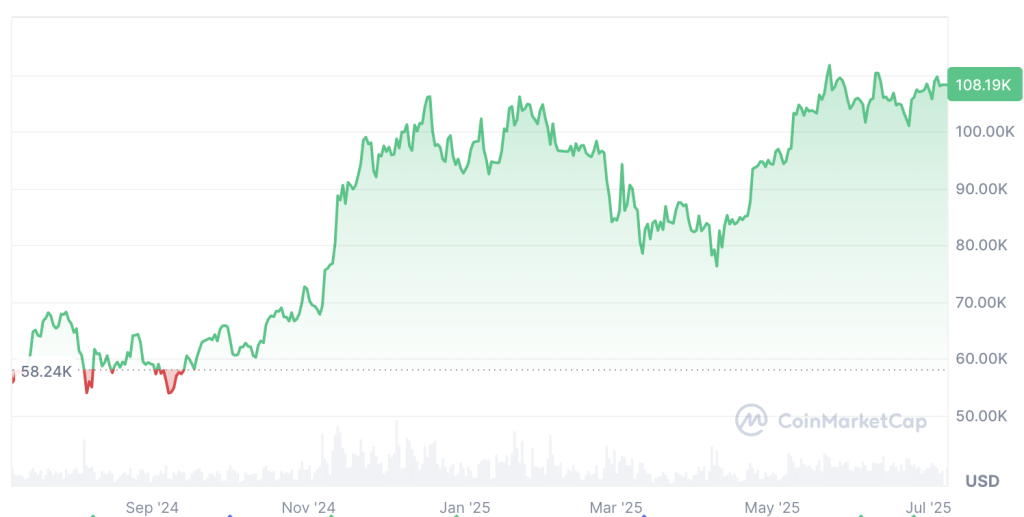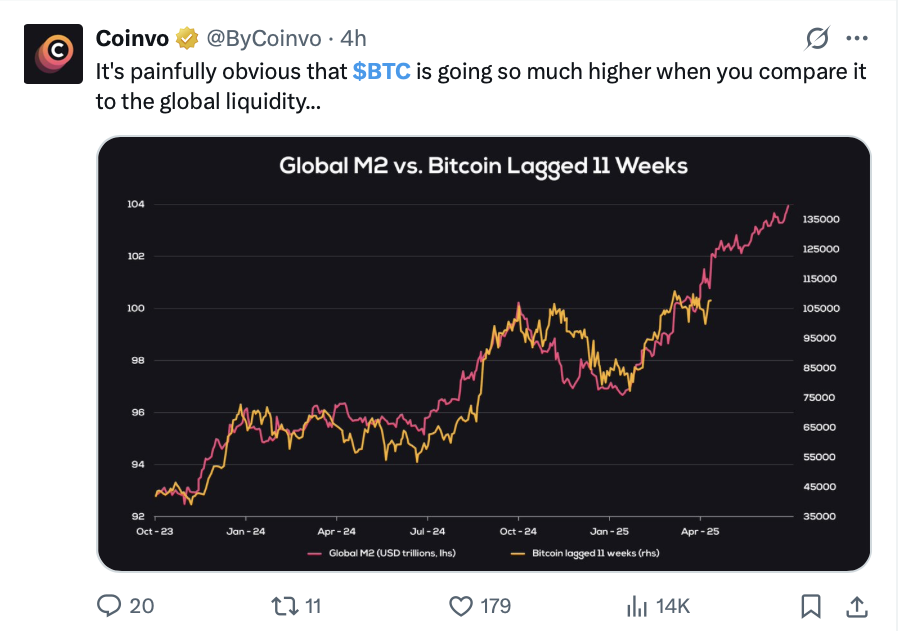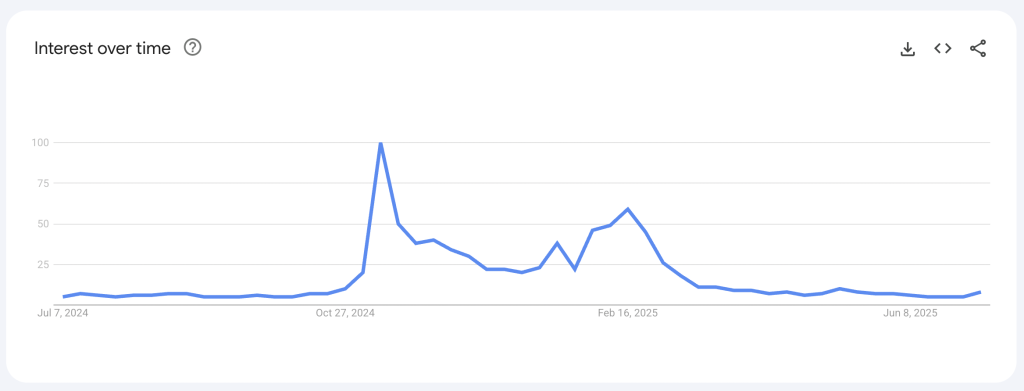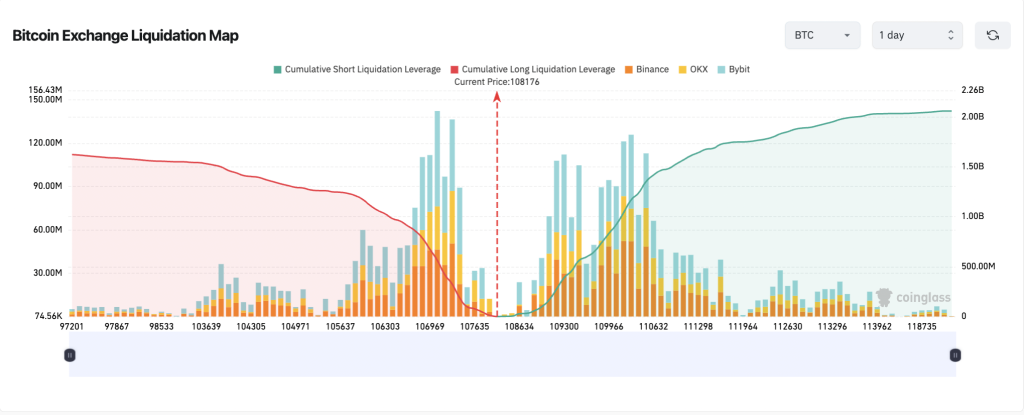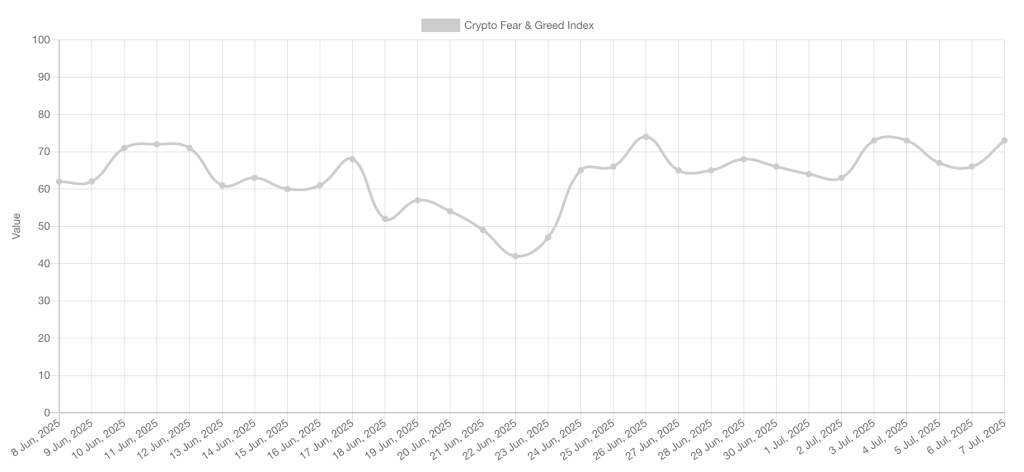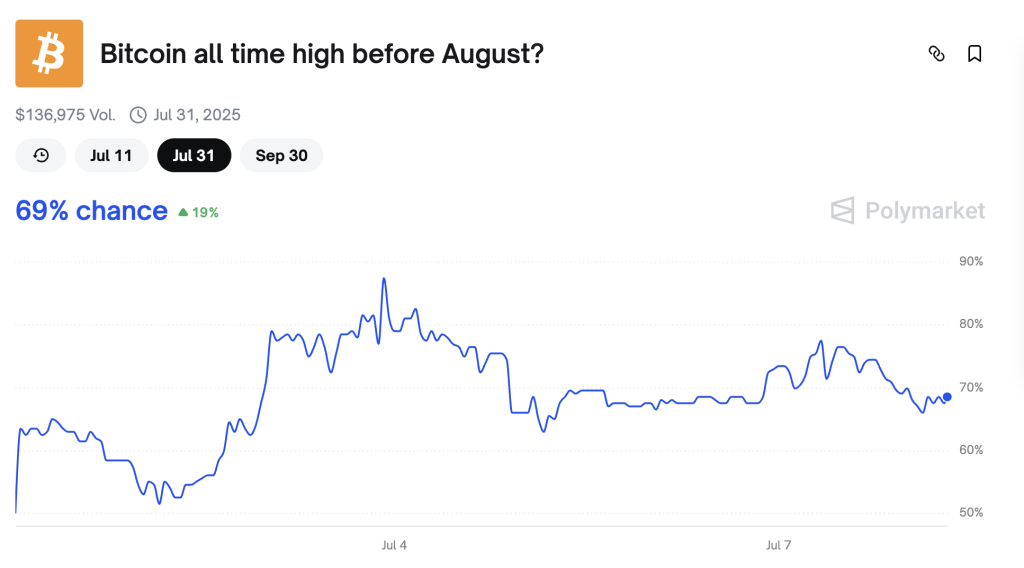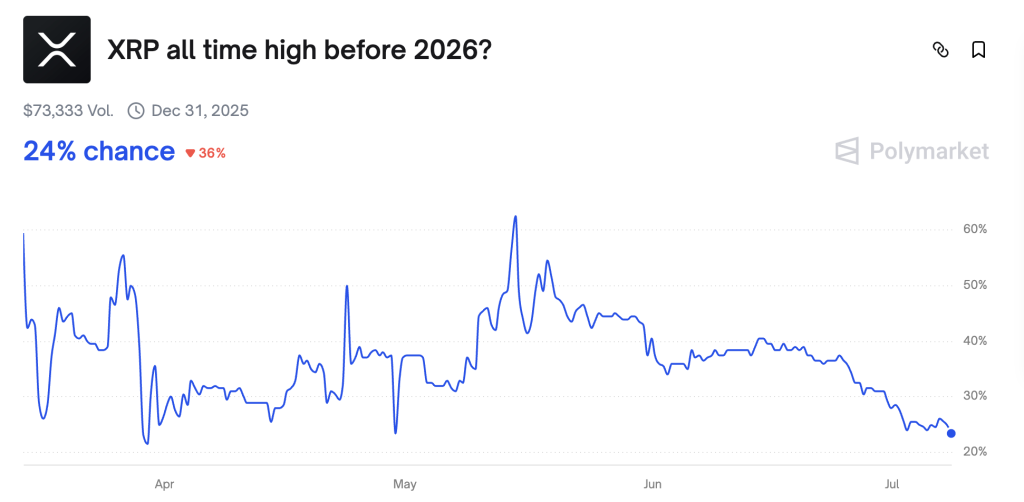
Beijing’s state media is rallying behind Chang’an Chain, a homegrown blockchain infrastructure hailed as a solution to China’s “root problem” of digital sovereignty.
A profile on Qianlong.com credits researcher Dong Jin and his team for building a fully open-source and state-backed blockchain stack now powering national digital projects. Though little-known outside China, Chang’an Chain has gone through 21 iterations over six years and now claims to handle over 100,000 transactions per second — a benchmark often cited by next-generation blockchains aiming to match the scale of traditional financial networks.
It is reportedly being used in China’s nationwide real estate registration system and by companies to digitize supply contracts, allowing banks to verify supplier relationships and accelerate loan approvals.
The profile comes just as Chinese tech giants lobby for the right to issue yuan-backed stablecoins in Hong Kong. But Beijing is sending a different message at home.
Notably, the Qianlong feature doesn’t mention crypto or stablecoins once. Instead, it reinforces China’s longstanding vision of blockchain as state-controlled infrastructure for trusted data exchange and not a platform for digital currencies or speculation.
While Hong Kong has rolled out maturing crypto regulations to position itself as a regional hub for digital assets, mainland China continues to ban cryptocurrency trading, mining and exchange operations. But the recent surge in global crypto markets has reignited speculation about a possible policy shift. So far, Beijing hasn’t budged.
Support for state-backed blockchains in mainland China has remained steady. In 2019, President Xi Jinping elevated blockchain to national priority status, calling it a “core breakthrough technology.” While blockchain is not listed among the seven “frontier technologies” highlighted in the 14th Five-Year Plan — which includes AI, quantum computing and brain-computer fusion — it remains a core part of China’s broader digital strategy, particularly in finance, governance and supply chains. The plan’s development period ends in December, with a final performance review to be delivered by the State Council to the National People’s Congress during the annual legislative session in March 2026.

Quantum computing, one of the prioritized frontier fields, has been identified as a potential threat to blockchain and Bitcoin security due to its ability to break cryptographic encryption.
This past week, the South China Morning Post reported that Chinese researchers have developed a blockchain storage technology that can resist quantum computer attacks
Japan’s Solana stablecoin study
Japanese digital-only bank Minna Bank has launched a joint study with Solana Japan, Fireblocks and TIS Inc. to explore the issuance of stablecoins and the integration of Web3 wallets.
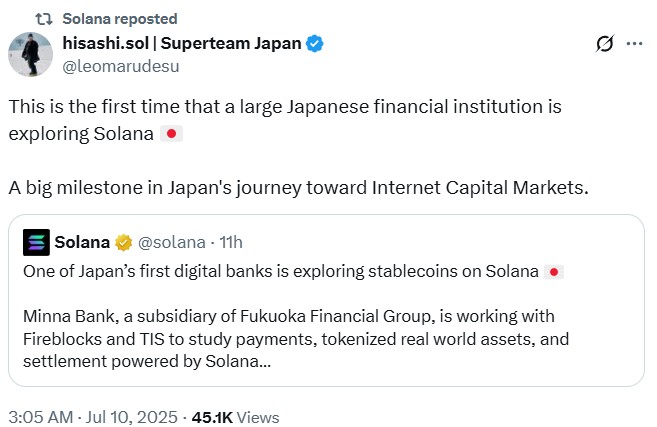
The study will focus on issuing stablecoins on the Solana blockchain, with potential applications including tokenized real-world assets (RWAs) such as bonds and real estate, cross-border payments and digital wallet-based financial services.
The move aligns with global trends, particularly in the US and Europe, where institutions are exploring stablecoin regulation and RWA tokenization. Japan was among the first countries to establish a clear legal foundation for fiat-backed stablecoins through revisions to the Payment Services Act, which took effect in June 2023.
Minna Bank, which launched in 2021 and has surpassed 1.3 million accounts, aims to eventually integrate stablecoins and Web3 features into its core app as part of its Banking-as-a-Service offerings.
Read also
Features
Meet Dmitry: Co-founder of Ethereum’s creator Vitalik Buterin
Features
2023 is a make-or-break year for blockchain gaming: Play-to-own
North Korean defectors falling for crypto scams
South Korean police are investigating a suspected cryptocurrency investment scam that allegedly targeted North Korean defectors.
According to a local media report that cited police sources, 21 complaints were filed from July 4 to July 8 against an unnamed suspect.
The suspect reportedly operated an office in Siheung, a satellite city of Seoul, where he solicited investments into crypto products via a specific platform. Investors say their transferred funds were converted and deposited into platform accounts. Using a mobile app, victims believed they were investing those funds into crypto products.

However, the app suddenly stopped functioning earlier this month, leaving users unable to withdraw their money. The total losses claimed so far amount to approximately 1 billion Korean won (around $720,000).
Some complainants said the suspect introduced themself as a North Korean defector and persuaded other defectors and acquaintances to join the scheme. Others alleged that the suspect was not the mastermind but one of several operatives in different cities and earned commissions by recruiting new members.
Victims believe many others have yet to come forward, suggesting the actual losses could be higher.
Read also
Features
Sexual Violence in India: Blockchain’s Role in Empowering Survivors
Features
Are DAOs overhyped and unworkable? Lessons from the front lines
Indonesia’s licensed exchange lists for public trading
Indokripto Koin Semesta has become the first Indonesian crypto exchange operator to go public, listing on the Indonesia Stock Exchange under the ticker COIN, the same symbol used by Coinbase on the Nasdaq.
Shares jumped 35% on their July 9 debut.
Indokripto is the parent company of Central Financial, a licensed crypto exchange, and Kustodin Koin Indonesia, a digital asset custodian.
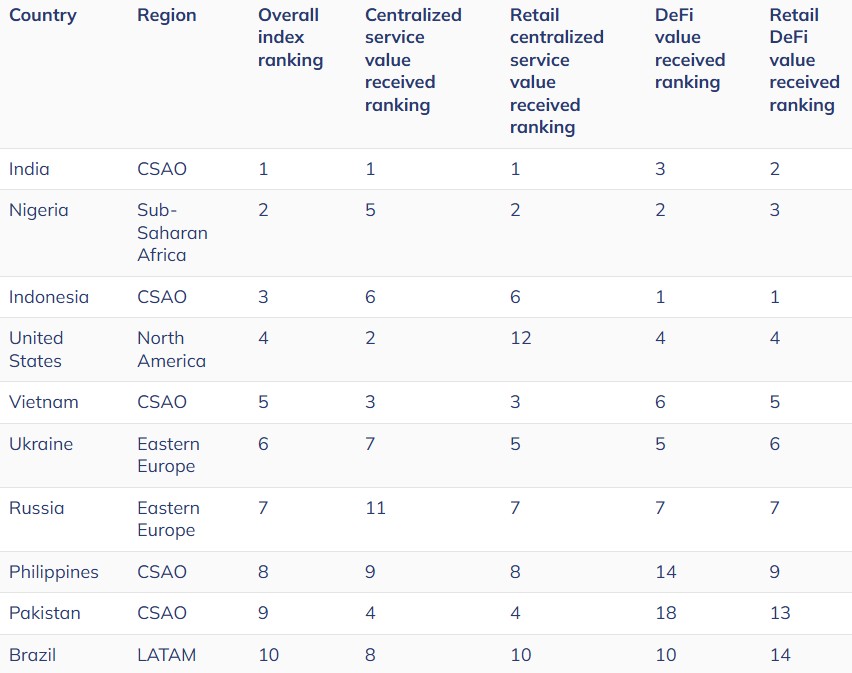
While often overlooked in global discussions, Indonesia plays a major role in crypto adoption. In 2024, it ranked third in Chainalysis’ Global Crypto Adoption Index and first in DeFi value received.
Earlier this year, Indonesia appointed the Financial Services Authority (OJK) as the official regulator for crypto assets. So far, only one exchange — under the Indokripto umbrella — has received a crypto license.
Subscribe
The most engaging reads in blockchain. Delivered once a
week.

Yohan Yun
Yohan Yun is a multimedia journalist covering blockchain since 2017. He has contributed to crypto media outlet Forkast as an editor and has covered Asian tech stories as an assistant reporter for Bloomberg BNA and Forbes. He spends his free time cooking, and experimenting with new recipes.
Read also

Hodler’s Digest
Ether ETFs on the move, Messi promotes memecoin, and more: Hodler’s Digest, July 7-13
by
Editorial Staff
5 min
July 13, 2024
VanEck and 21Shares submit updated Ether ETF filings, Goldman Sachs to launch tokenization products, and Messi promotes memecoin.
Read more

Hodler’s Digest
NY sues crypto firms, FTX’s Nishad faces 75 years in jail, and Grayscale’s new BTC filing: Hodler’s Digest, Oct. 15-21
by
Editorial Staff
7 min
October 21, 2023
Nishad Singh testifies in Sam Bankman-Fried’s trial; New York sues Gemini, Genesis and Digital Currency Group; and Grayscale files for new spot Bitcoin ETF.




